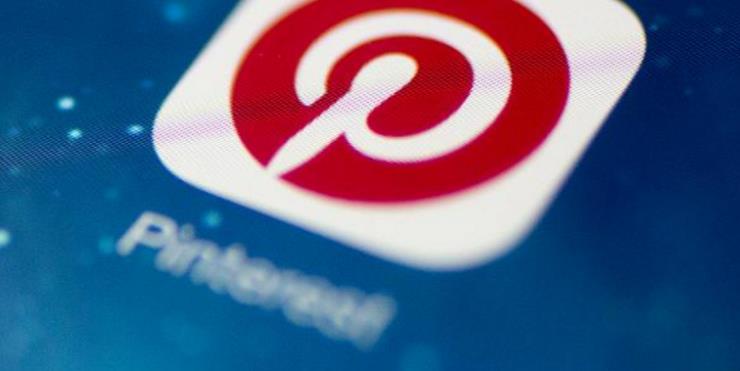
Freestocks/flickr
Pinterest, which has 100 million monthly active users, is increasingly relying on machine learning to help uncover new internet insights.
Users around the world visit Pinterest to explore, save, and share photos and articles. Help users find content they love, and users will naturally be retained: 30% of interactions on Pinterest and 25% of Pinterest internal purchases come from Pinterest-recommended content. To recommend the right content, Pinterest uses state-of-the-art, data-driven technology and conducts a lot of experimentation.
So how does Pinterest use machine learning?
Mohammad Shahangian, lead discovery science engineer at Pinterest, said: "My main job is to find a way to solve the content discovery problem. We experiment with very small changes to the algorithm, and every attempt has an improvement or a downside."
Exclusive advantage: based on interest

TheStreet
In fact, this is not unrelated to the characteristics of Pinterset: one of its strengths is that Pinterset is a community built around users’ interests, and users will sort the products, articles, and images they find on the Internet by interest.This means that instead of guessing a user’s interests by clicking patterns or time spent on a page, as other social networking sites do, Pinterest can directly use algorithms to measure the relationship between 75 billion entries in its database that are likely to be grouped under the same interest.
"Many companies try to derive user interest from inputs or signals," says Mr. Shahangian. "But on Pinterest, users clearly signal what they are interested in."
Users who visit Pinterest continue to add to the social landscape of users, collected items, and favorite boards. This data allows Pinterest to provide more accurate content for user homepage feeds, search results, and related content recommendations. Recommendations based solely on what users care about are not ideal, and recommendations for similar content are easy to repeat.
For Mohammad Shahangian, "If you collect one kitchen sink, should we recommend more sinks or something that will make your kitchen look new?"
Constantly testing in practice
To make these decisions, Pinterest engineers experimented with a variety of machine learning algorithms. They studied how well these algorithms worked on related and unrelated items, and how they affected the active levels of real users.
Mohammad Shahangian said: "We do experiment directly on Pinterest, but a lot of times we do a lot of preparation before experimenting."
Of course, there is no way to know whether a user will like the new recommendation without conducting actual testing. "I can’t pay someone to tell me whether a user will like the new recommendation," says Mohammad Shahangian. But by studying whether the content recommended by the algorithm will be classified as an interest by real users, it is relatively reliable.
Previously, Pinterest changed the message flow on the user’s homepage from purely chronological attention to the user’s message, to an algorithm-generated message flow, which increased the user’s active level by one-fifth to one-tenth. Subsequent algorithm improvements will bring additional improvements.
"Pinterest has come a long way throughout the improvement process," says Mr. Shahangian. "Personalisation has greatly increased user engagement rates."
Improved image search function
Pinterest has also been improving image search to help users better find similar images. Pinterest engineers worked with researchers at the Vision and Research Center at the University of California, Berkeley, to develop the technology. It now uses deep learning algorithms to automatically identify objects in images. This way, users can click on those objects to find relevant items in Pinterest.
Dmitry Kislyuk, a visual search engineer at Pinterest, said: "This is not a classification algorithm to distinguish between cats and dogs. We want to find similarities between images in real time."
He says the visual search tool works well for finding home decorations and fashion items in Pinterest, and in the future Pinterest hopes to improve its auto-sorting function to better serve other search needs, such as helping users find new recipes that are similar.
Speaking about using deep learning to classify images more efficiently, Pinterest visual search engineer Andrew Zhai said: "I think our model will become more semantic and better."
While Pinterest engineers focus on perfecting object recognition and search, they also plan to develop an app that will allow smartphone users to photograph real-world objects and then get recommendations for related items on Pinterest.
"The field of deep learning, computer vision is very exciting right now," says Mr. Kislyuk. "The world is changing so fast that top technologies change every two months."
Via fastcompany
Recommended reading:
Pinterest completes Series G financing, the total amount of 553 million US dollars does not meet expectations
The designer who created the classic look of Apple Mac will join Pinterest to be responsible for product design
Leifeng.com’s original articles are prohibited from being reproduced without authorization. For details, please refer to the instructions for reprinting.